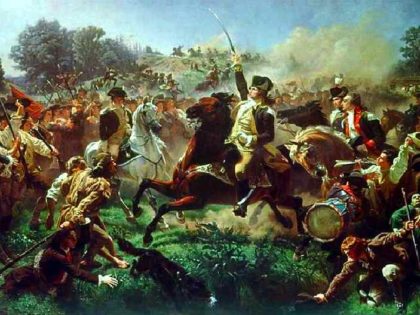San Francisco Removes ‘Appeal to Heaven’ Flag After Alito Controversy
The city of San Francisco has removed the Revolutionary War-era “Appeal to Heaven” flag featuring a pine tree following the controversy with Supreme Court Justice Samuel Alito.
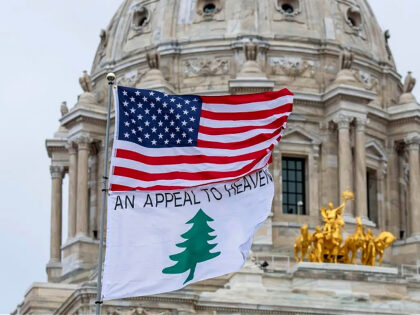
The city of San Francisco has removed the Revolutionary War-era “Appeal to Heaven” flag featuring a pine tree following the controversy with Supreme Court Justice Samuel Alito.

Countless times, the fate of the nascent American nation depended on the right person being in the right place at the right time–like the gallant 26-year-old Marblehead captain James Mugford Jr. who captured the largest single prize of the Revolutionary War, the Hope.

April 19, 1775, marked the beginning of an epic journey for a band of brothers who risked EVERYTHING for a nation yet to be born.
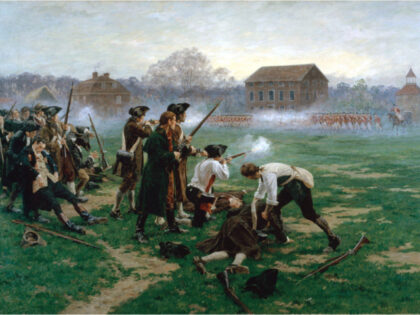
The scheduled speech highlights the president’s strategy to use January 6 as a foil to distract from his policy failures.

A statue of General Philip Schuyler, who served during the Revolutionary War, has been removed from Albany City Hall in New York.

Disney’s Hulu docuseries adaptation of “The 1619 Project ” is being called out for attempting to resurrect the original New York Times series’ most contentious and debunked claim — that the Revolutionary War was fought in large part to preserve slavery.

On Christmas Eve, General George Washington sat in his tent on the banks of the Delaware River and methodically wrote the same three words over and over on several small pieces of paper. He had decided on a daring plan: crossing the ice-choked Delaware River and mounting a surprise attack on the Hessian garrison at Trenton.

This elite unit of Marylanders, known as “Washington’s Immortals” or the “Bayonets of the Revolution” for their Thermopylae-like charge against a British stronghold, bought with their blood “an hour, more precious to American liberty than any other in its history.”
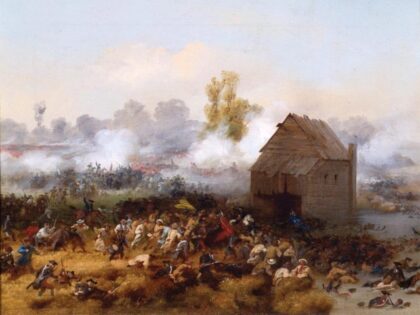
Two hundred and forty-six years ago, a little-known plot was hatched to assassinate Commander in Chief General George Washington that could have potentially altered the course of history.
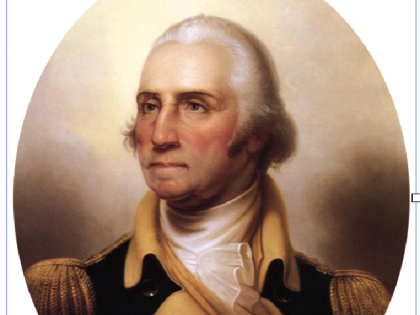
St. Patrick’s Day is renowned for its green beer and revelry, but on March 17, 1776 the day marked a turning point in the Revolutionary War. Through the course of events, a young bookworm would serendipitously uncover a solution that unlocked American innovation and changed history.
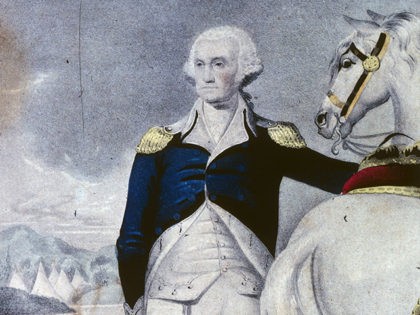
Today, we take the term “The United States of America” for granted, but when a plucky Irishman in Washington’s Navy used it for the first time, the unity of the American colonies as well as their quest for independence was in question.
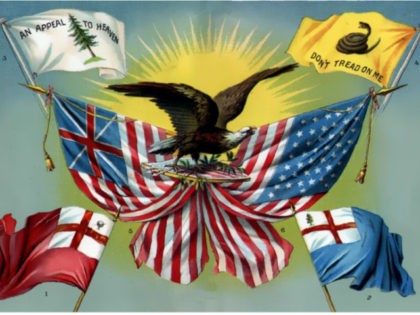
239 years ago, that freezing night in January was the eve of one of the most decisive battles of the Revolution, one that was won through a combination of leadership and adaptability.
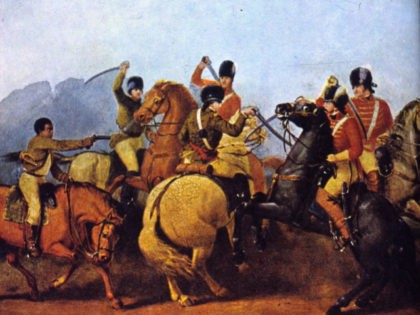
“Defend the bridge to the last extremity!” Washington shouted to his officers and men 245 years ago as he stared at the massive British army coiling in front of the stone arched bridge that stood between his men and their destruction.
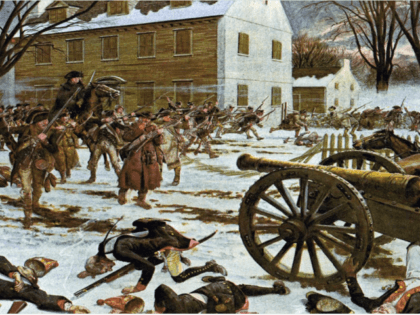
In the fall of 1776, the United States faced complete collapse. In those dark days, Americans reached deep within, through their agency, to change the course of history.
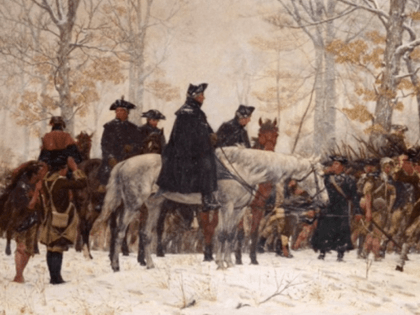
A man named Thomas Gavin could be one of the most prolific artifact thieves in American history, but there are no movies or books about him.
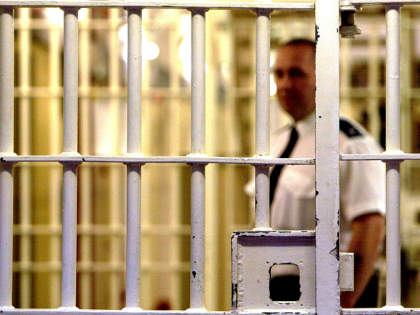
The Founders boldly threw down a nonimportation and exportation agreement against the greatest economic power on earth.
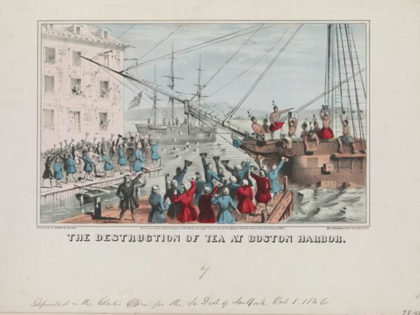
Two hundred and forty-five years ago, in a forgotten battle that saved Washington’s Army, a handful of American soldiers accomplished a feat exceptionally rare in history. They successfully prevented an amphibious landing by thousands of British soldiers.

At several crucial inflection points in American history, the exceptional bravery of our troops and bold leadership of their officers enabled them to execute remarkable, seemingly impossible, retreats that saved lives, resources, and even the future of the nation.
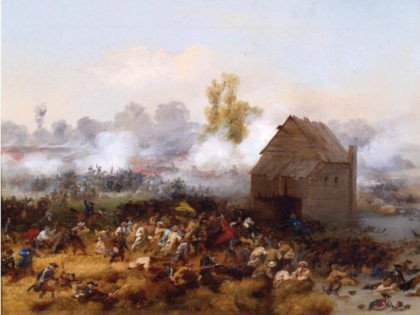
Representative Mo Brooks (R-AL) argues President Joe Biden did not learn from history in the execution of his administration’s withdrawal from Afghanistan, which in a relatively short amount of time has fallen under the control of the Taliban after nearly 20 years of U.S. military occupation.
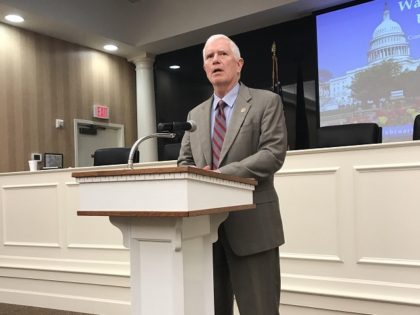
Two hundred and forty-six years ago this year, in one of America’s most sacred battles, the Battle of Bunker Hill, Americans showed themselves to be not merely a rebellious rabble of colonists but a formidable force to be reckoned with.

General George Washington, was guarded by an elite unit of trusted soldiers, known as his Life Guard, who protected the commander in chief as well as performed special missions and engaged in battle.
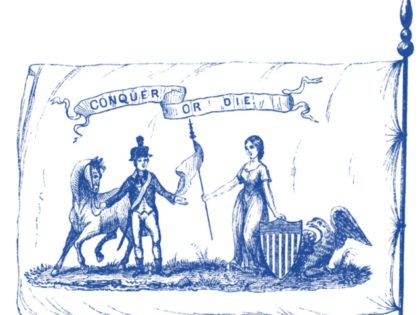
The spark that ignited the Revolutionary War in 1775 had a long fuse that British General Thomas Gage unintentionally lit when he first seized colonial gunpowder and artillery in 1774.

The true story of America’s founding and the incredible sacrifice of those who signed the Declaration of Independence and the Americans who made its iconic words a reality is epic.
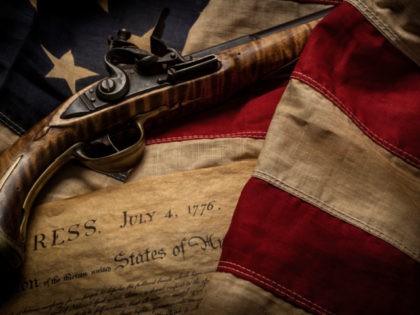
The Washington Post fact checked President Joe Biden’s claim that the purchase of cannons was prohibited by the Second Amendment and labeled the claim “false.”
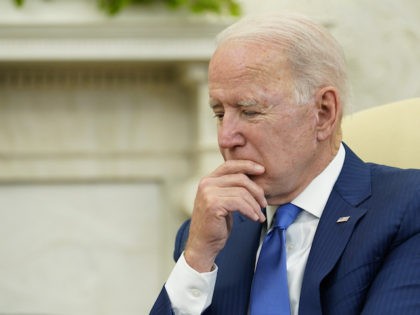
A Son of Liberty and close friend of Patriots like Samuel Adams and Doctor Joseph Warren, the doctor made great pains to disguise his true loyalties to the British Crown.
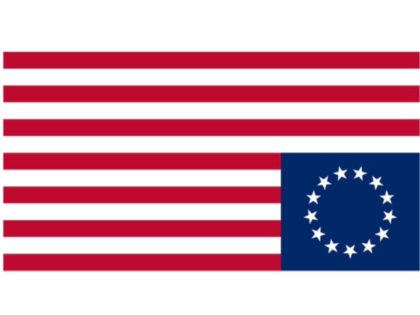
Two hundred and forty-six years ago this week, in one of America’s most sacred battles, hundreds of American patriots fought and died for their yet-to-be-born country. America suffered many losses in the Battle of Bunker Hill, but one of the greatest was the life of Patriot leader, Doctor Joseph Warren.
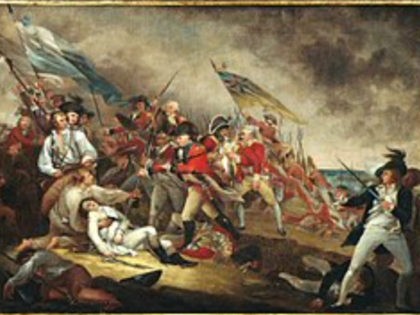
Both the British and the Americans wanted control of Bunker Hill, the highest point on the Charlestown peninsula north of Boston, for strategic reasons. On June 17, 1775, some of the most ferocious fighting of the Revolutionary War would determine who would keep it.
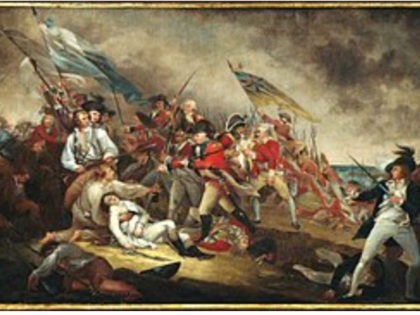
He furtively lowered the fort’s flag, which proclaimed “Don’t Tread on Me,” and passed the colors to another soldier rather than hand them over to the enemy.

The gallant 26-year-old Marblehead captain James Mugford Jr. captured the largest single prize of the Revolutionary War, the Hope.
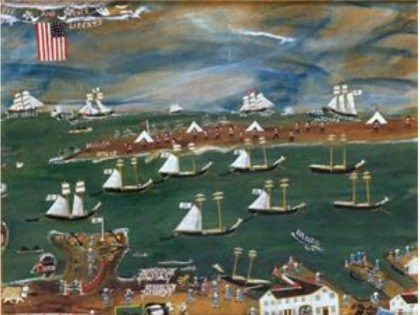
The epic battle for control over gunpowder and weaponry between the British government and American colonists motivated much of the action in the Revolutionary War. The fight over gun control is in American’s DNA.
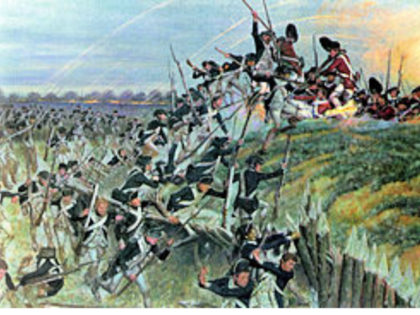
Over 246 years ago, an invisible enemy descended on the town of Marblehead, Massachusetts. A virus divided the town politically and had a profound impact on the Revolutionary War that followed shortly after.
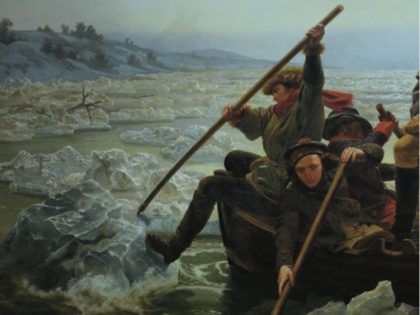
Trump recalled those “harrowing days” of the war, saying that “the American Revolution seemed lost.”
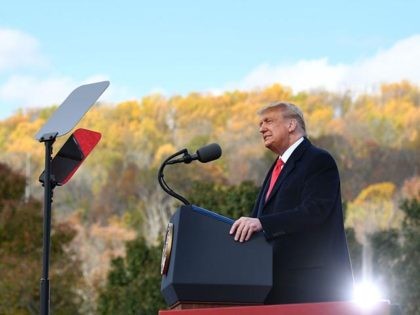
Two hundred and forty-four years ago this week, “Gentleman of Honour, Family, and Fortune” made a Thermopylae-like stand that saved Washington’s army during the Battle of Brooklyn.Two hundred and forty-four years ago this week, “Gentleman of Honour, Family, and Fortune” made a Thermopylae-like stand that saved Washington’s army during the Battle of Brooklyn. Their attack that earned them the nickname “The Bayonets of The Revolution” may have also saved the month-old United States.
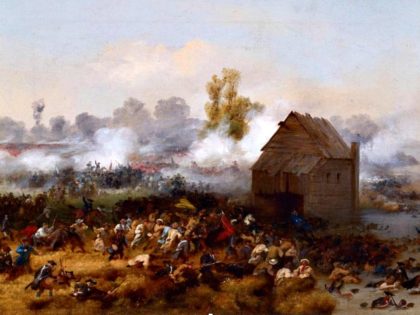
A recently circulated petition calls on the University of Virginia to take down a statue of Revolutionary War hero George Rogers Clark, arguing that it is a “monument to genocide.”

Cherry Hill High School East Principal Dennis Perry apologized last week after his school’s prom tickets were called racist because they contained the phrase “party like its 1776.”
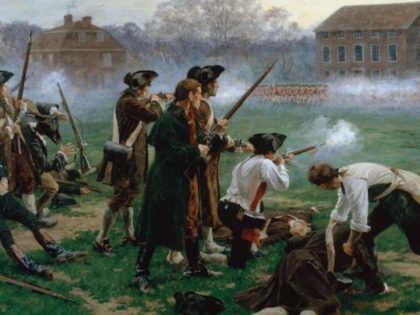
Anti-history leftists are destroying memorials to American heroes with no connection to the Civil War across the country.
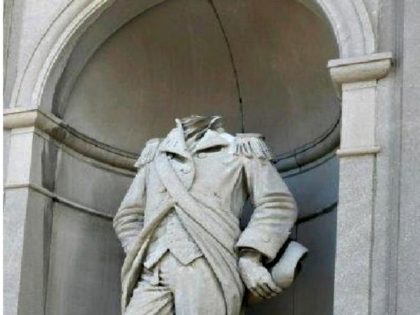
Contents: North Korea tests a ballistic missile capable of reaching US mainland; South Korea’s president Moon approves new THAAD development; What could trigger another world war?; War between Russia and China

Contents: The First Thanksgiving — The Pilgrims meet the Wampanoag Indians; The fur trade with Britain and Europe; King Philip’s war; Aftermath of King Philip’s War; The Great Awakening of the 1730-40s; The Revolutionary War — 1772-1782; Aftermath of the Revolutionary War
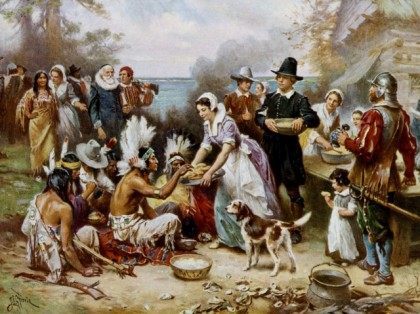
The forgotten revolutionary raid at Stony Point exemplifies American courage, innovation, and grit. It typifies American DNA and who we are as Americans.
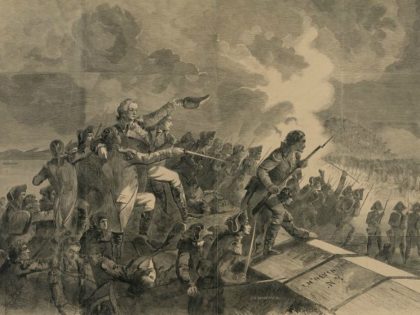
This week marks the 238th anniversary of a Revolutionary War battle that is noteworthy, in part because it showcased General George Washington’s extraordinary leadership abilities.
